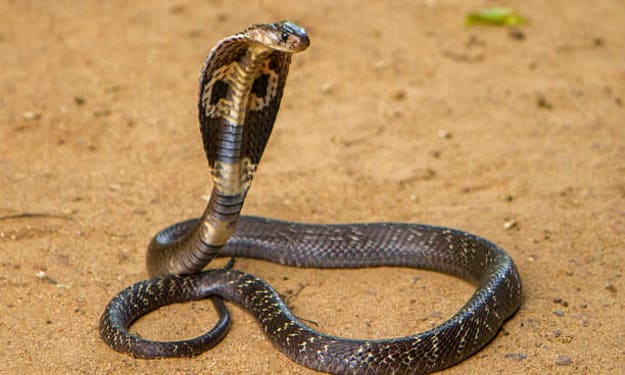
Thinking about adding a new family member? Are you leaning towards a Great Dane? Well, here are some things you need to consider before adopting such a large breed.
First off, they are a large breed. I know that is an obvious "need to know", but do you really understand how much room a Great Dane needs? I got my first Dane 3 years ago, I did plenty of research and had many questions of how to raise one, where to find one, the different colors, signs of good and bad breeding. I lived in a small apartment at the time, and let me tell you, it was a struggle. He had to be kenneled while I was at work, and his kennel is 57 inches tall, that comes up to my chest, and I'm 5'3. So making room in my small apartment for such a large kennel was difficult. Danes need a lot of room to run, my little apartment was not cutting it. I felt like Hemi, my Dane, couldn't even do a full circle without knocking something over. I knew I needed a different place, so I moved. Be sure that your home is big enough for such a breed if moving is not an easy option. I did not know how much room I actually had, and actually needed, so I hope this offered some insight!
Their growth, Diet and Expenses
Being a large breed dog, my vet told me puppy food is a big NO. Since puppy food is designed to promote growth, and it quickens the speed of growth, it can negatively affect your Dane's joints. Danes need to grow at their own pace to prevent problems. I feed both of my Danes a high protein, dry dog food; 4Health from Tractor Supply is a great food, however depending on your budget, it could get a little pricey. Cumulatively, my two dogs eat roughly 12 to 16 cups of dog food a day, so my budget does not allow high priced dog foods. I did plenty of research and found Purina Pro Plan Sport, the 30/20 performance formula. It has high nutritional value, keeps my Danes at a healthy weight, and it doesn't break the bank!
Medical Conditions
Danes have a few things to keep an eye out for. Knuckling, happy tail and bloat are some of the major ones.
Knuckling happens when the weight of large and giant breed dogs (Great Danes) is too much for their undeveloped tendons and ligaments in the front "wrist" areas. Knuckling has yet to be proven to be genetic, and it happens when there is an uneven growth pattern. Ways to prevent this from happening is to monitor the amount of food you are giving, and make sure they maintain a healthy weight.
Happy tails is when your dog gets overly excited, and whips their tail so hard against an object it will de-glove and break the tip of their tail. There are some cases so severe that the tail must be amputated. Just be careful about all of your Danes surroundings.
Bloat, also know was Gastric Dilatation-Volvuluis, or stomach twisting, is a medical emergency. It happens when gas, food, or liquid fills the stomach and expands causing pressure on other organs. It can cause tearing in the stomach wall and lack of blood flow.
Signs and symptoms of bloat are an expanded stomach, pale gums, restlessness, weakness, and trying to vomit with nothing coming up. Things that cause bloat are stress, eating too quickly, lots of physical activity after eating, and eating from a food bowl not correct for their height.
Ways to prevent bloat is to limit the activity after eating, which could be hard if you have a very active puppy, and get a raised feeder. I got a raised food and water bowl from PetSmart and they love it. Them not having to bend to the floor for bowls prevents the intake of air when they eat, which is a way bloat occurs. You can also ask your vet about Gastropexy, or stomach tacking. It is a surgery that permanently attaches the stomach to abdominal wall. It is another way to prevent bloat.
Life Expectancy
Being such a large breed, Danes have a life expectancy of 6-8 years. However, I have known some Danes who have lived to be 11. Unfortunately they don't live as long as your pet chihuahua.
Colors
You have Fawn, Harlequin, Merle, Double Merle, Mantle, Blue, Black, and Brindle.
I mention the colors because it is important to know that Double Merle Danes are usually all white, with bright blue eyes, and they usually have sight and hearing problems. Majority of them are deaf, and/or blind.
Here are somethings that are important to know about Great Danes before adopting them into your family!






Comments
There are no comments for this story
Be the first to respond and start the conversation.